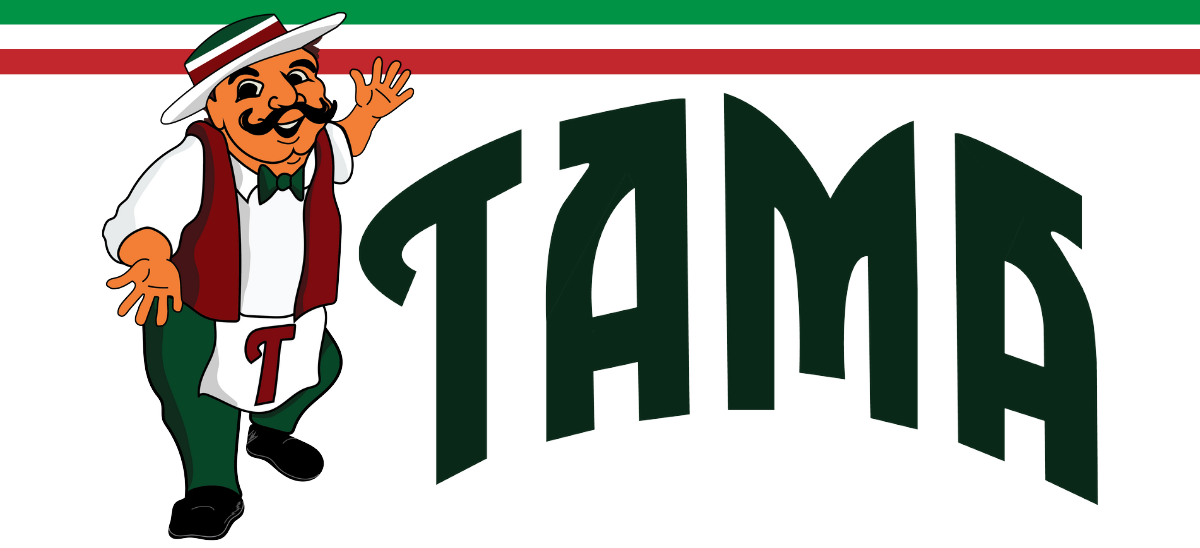If you don’t like cheese, Italy might not be the place for you. Sure, you COULD go without cheese in Italy, but you would have to miss out on many of the most beloved Italian dishes and some of the world’s most iconic cheeses. However, if you love cheese, Italy is definitely your place! You could spend a lifetime getting acquainted with Italian cheese, as there are over 400 nationally recognized types of cheese, some with protected DOP status, which means they can only come from a particular region.
Probably the most recognizable cheese protected by its DOP status is the beloved Parmigiano Reggiano, as it must come from one of the five regions of Emilia-Romagna in Northern Italy to be called by that name. If a similar cheese is made somewhere else, it’s just called Parmesan. This might seem like arbitrary red tape, but in fact, the cheese of that region truly is different because of numerous environmental factors: The milk produced by the cows in this region has unique microbiological characteristics that allow the master cheesemakers to craft this cheese without adding anything external, like enzymes or specific bacteria, to manipulate the flavor development. It’s an art that dates back a thousand years to when monks first began this cheese-making process.
Parmigiano Reggiano isn’t the only grainy hard cheese medieval monks are responsible for. Also from Northern Italy, in Po River Valley, comes Italy’s most-produced cheese, Grana Padano, a hard cheese with a grainy texture similar to Parmigiano Reggiano. Although similar, these two cheeses are made using different processes and are typically used in different ways; Grana Padano is more often used in cooking, and Parmigiano Reggiano more often as topping, but that’s not a hard and fast rule.
Pecorino Romano dates back even further, back to early Roman times when it was said to be the food of the Roman soldiers because it stored well and offered dense nutrition. This hard cheese is made with sheep milk and is the main ingredient of cacio e pepe, the pasta dish that shines as one of the most epically simple and delightful plates of all time; here is a favorite, authentic cacio e pepe recipe we recommend you try.
We haven’t even begun to scratch the surface of the Italian cheeses list. The truth is, every cheese from the creamiest Burrata to the most crystalline Parmigiano Reggiano has a long and rich history, and we hope that as you enjoy the best cheese Italy has to offer, you’ll get to know some more of the stories along the way.

